The BRAWL² Tournament Challenge has been announced!
It starts May 12, and ends Oct 17. Let's see what you got!
https://polycount.com/discussion/237047/the-brawl²-tournament
It starts May 12, and ends Oct 17. Let's see what you got!
https://polycount.com/discussion/237047/the-brawl²-tournament
Best Of
Re: Losing Your Artistic Voice to Convenient Asset Packs
As a contrarian opinion, one role I had was as a Worldbuilder, a Level Artist.
This is pretty similar to using asset packs, and I enjoyed it thoroughly. I had a ton of artistic freedom and leeway, to make the most impactful and beautiful content possible with the open-world in-house tech.
Anyhow, as explained by others, there are many ways to achieve artistic nirvana in games. Don’t knock it if you haven’t tried it!
This meant arranging other artists’ assets into new terrains, creating locales and points of interest, plus overall lighting and mood.
This is pretty similar to using asset packs, and I enjoyed it thoroughly. I had a ton of artistic freedom and leeway, to make the most impactful and beautiful content possible with the open-world in-house tech.
Anyhow, as explained by others, there are many ways to achieve artistic nirvana in games. Don’t knock it if you haven’t tried it!
 Eric Chadwick
Eric Chadwick
5 ·
Happy Holidays Polycount
Wishing you all a merry winter break! ☃️🎄💚
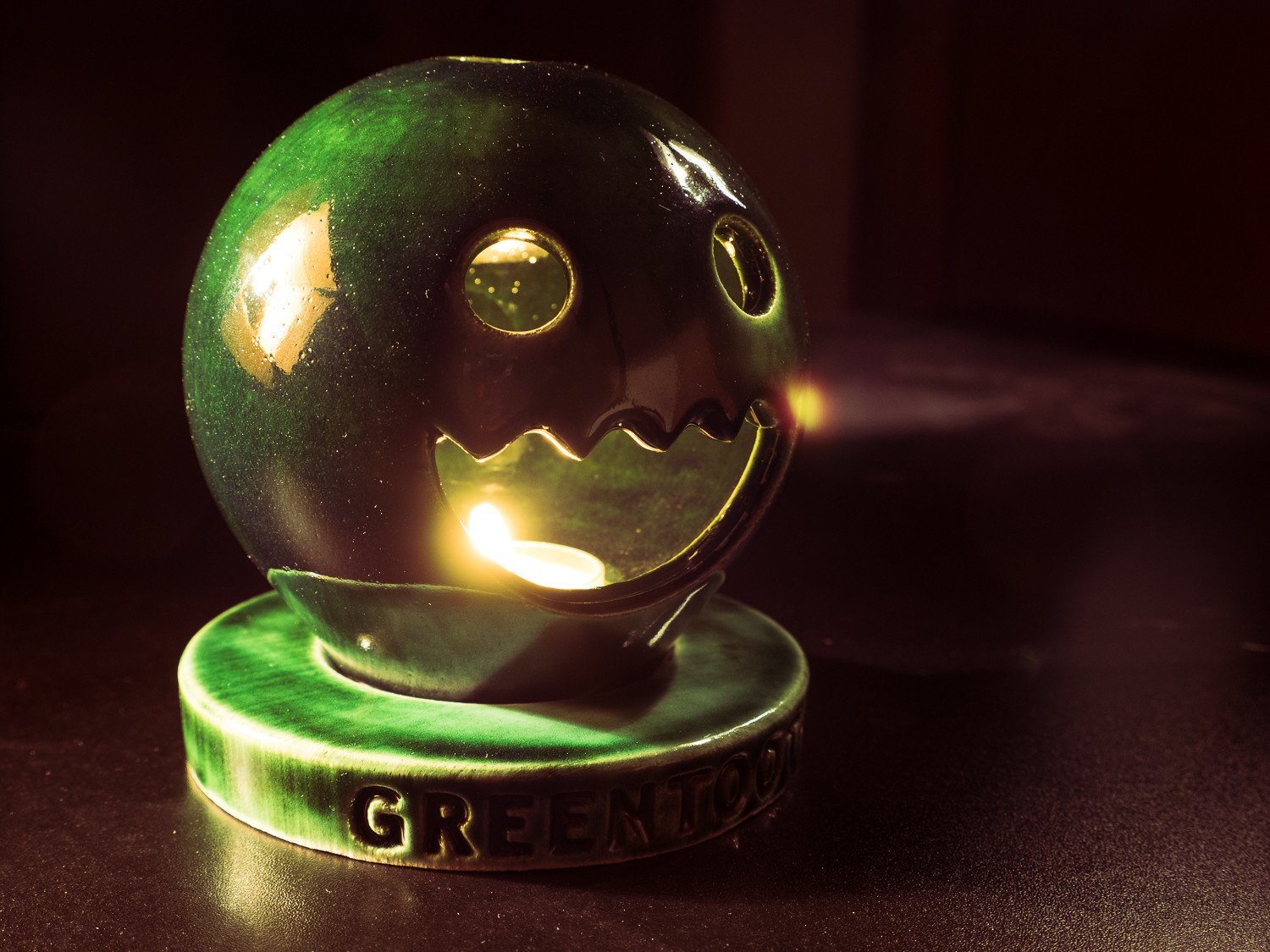

Greentooth sculpture courtesy of @EarthQuake (https://earthquake.artstation.com/projects/8Ew9x)
 Eric Chadwick
Eric Chadwick
8 ·
Re: What Are You Working On? (3D) 2025
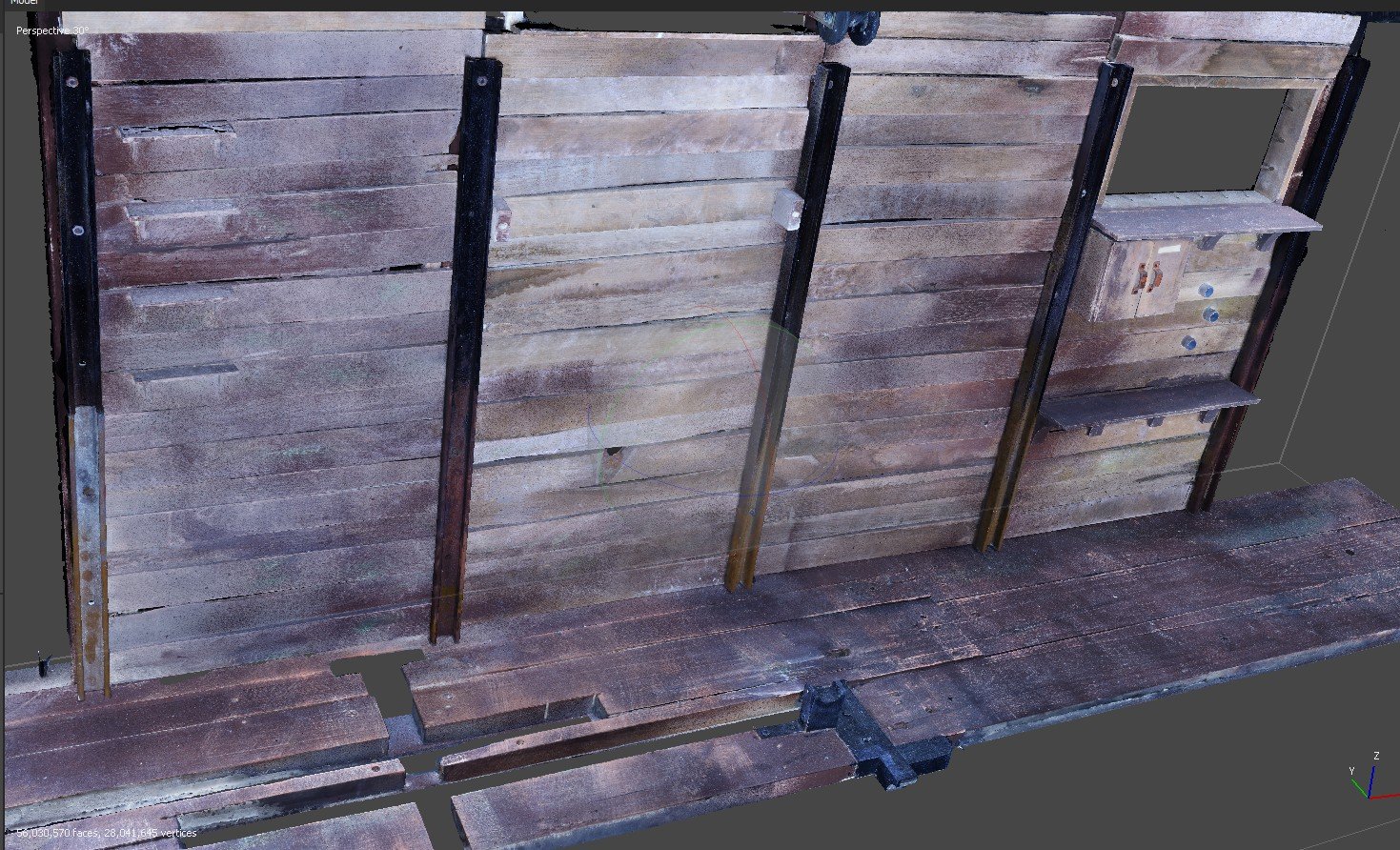 Painted with a real brush
Painted with a real brush a miniature set piece of our movie 'Blood&Clay'. https://bloodandclay.com/bnc.php
 martinraw
martinraw
3 ·
Re: What Are You Working On? (3D) 2025
 "Whispers Beneath the Thatch" - digital artwork rendered in Blender 3d.
"Whispers Beneath the Thatch" - digital artwork rendered in Blender 3d.  animatedheaven
animatedheaven
3 ·
Re: What Are You Working On? (3D) 2025
Finished my first full game ready character. Hope you like it!
More renders are on my Artstation: https://www.artstation.com/artwork/6L0wzn
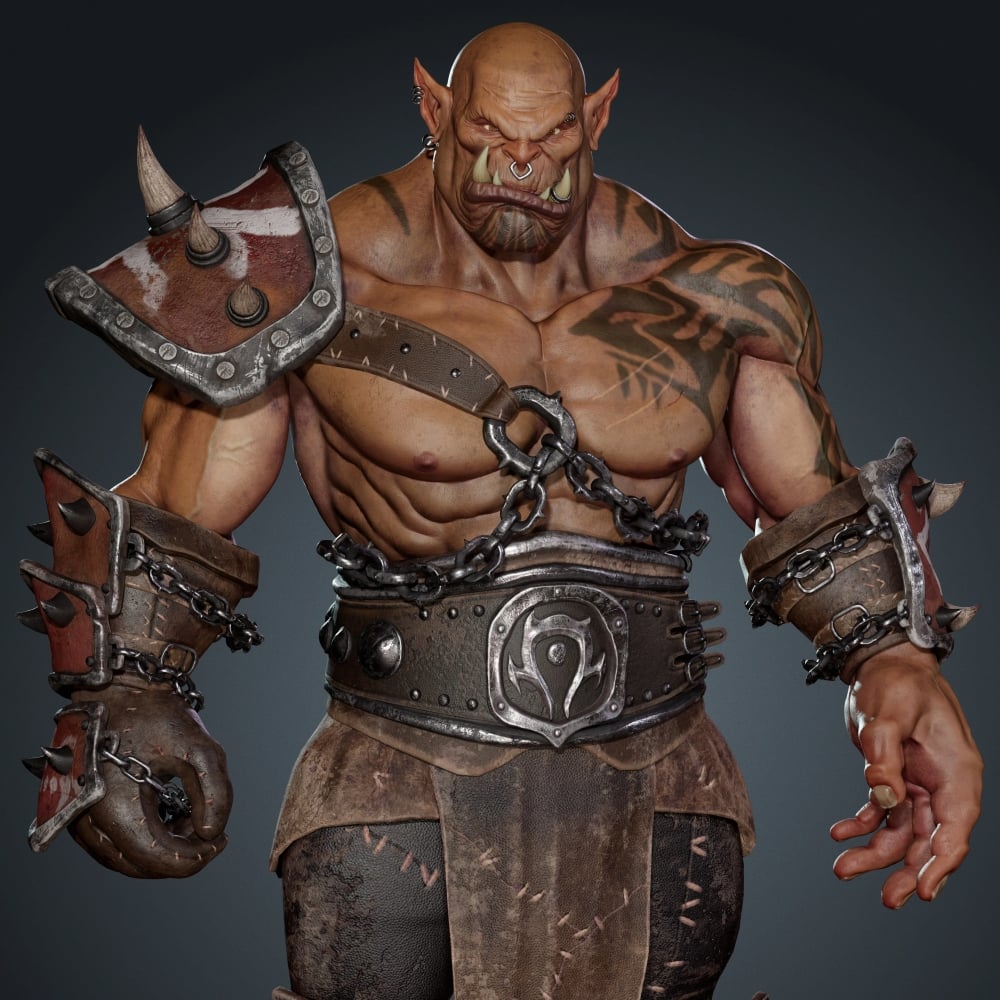
More renders are on my Artstation: https://www.artstation.com/artwork/6L0wzn

3 ·
Re: What Are You Working On? (3D) 2025
I did a video game character. Hope you like it 
More renders and info: https://www.artstation.com/artwork/kNxeO0
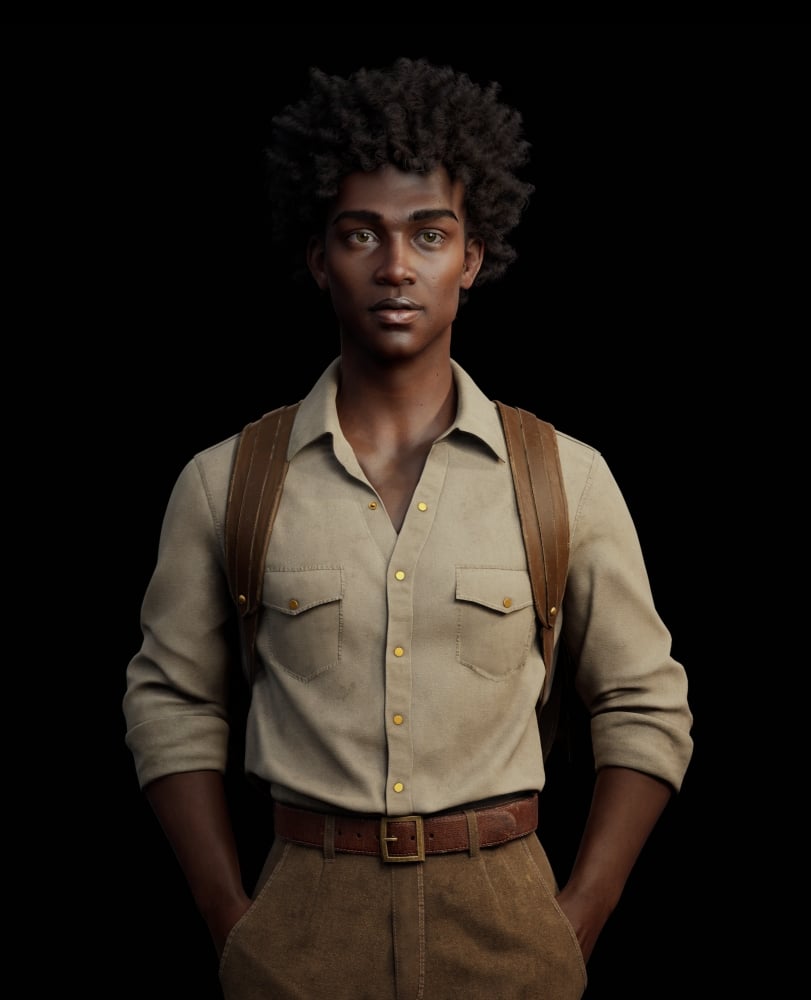
More renders and info: https://www.artstation.com/artwork/kNxeO0

3 ·
Re: What Are You Working On? (3D) 2025
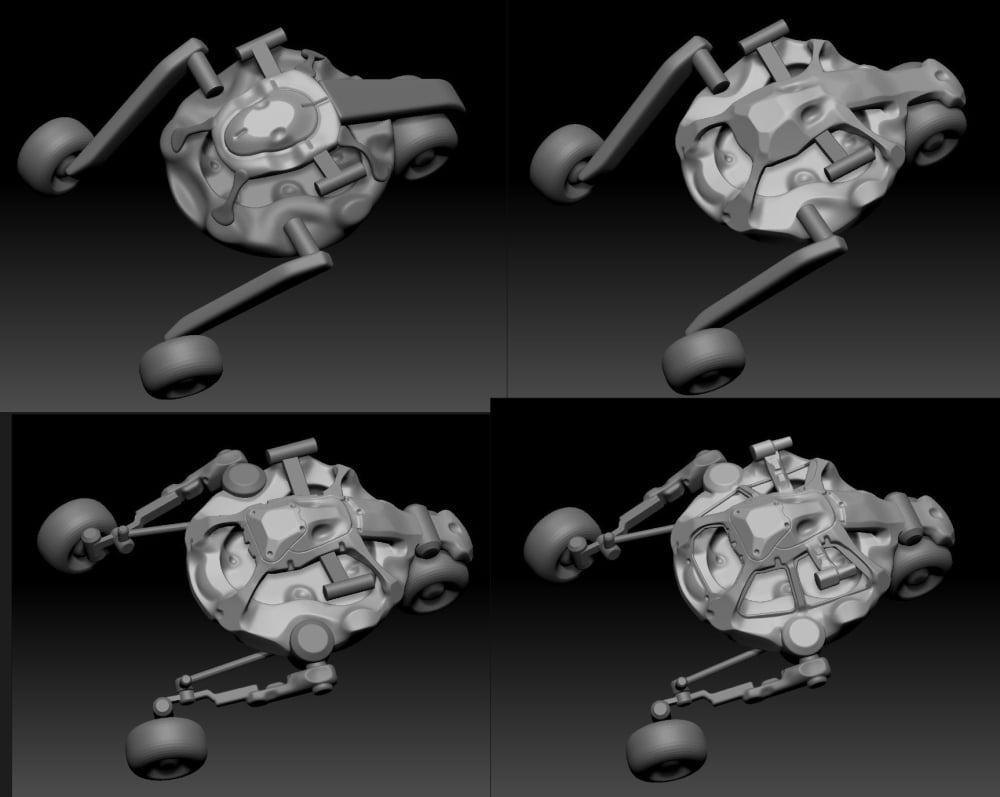 Doing a vehicle concept in Zbrush. Amazed of Zbrush freedom!
Doing a vehicle concept in Zbrush. Amazed of Zbrush freedom!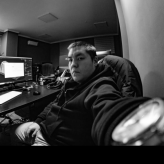 aogobaev
aogobaev
3 ·
Re: What Are You Working On? (3D) 2025
I’m currently refining some details of the low-poly model, while a friend is creating a test animation for the armored car. Next week, I plan to move on to baking and texturing the Panhard CDM 178, preparing it as a game-ready model to include in my portfolio. (purely a personal project — there’s no actual game, but I’ll make it available for download  )
)
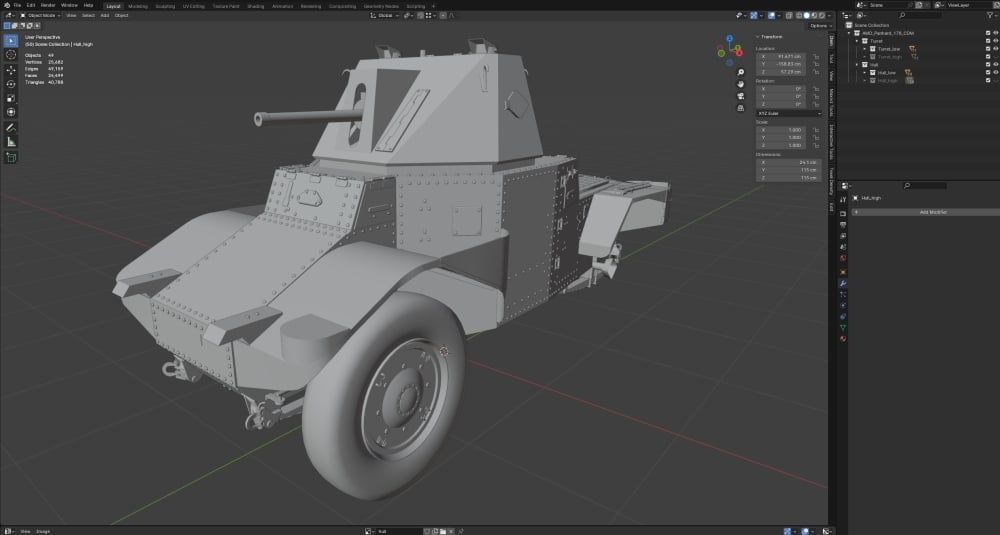

3 ·


